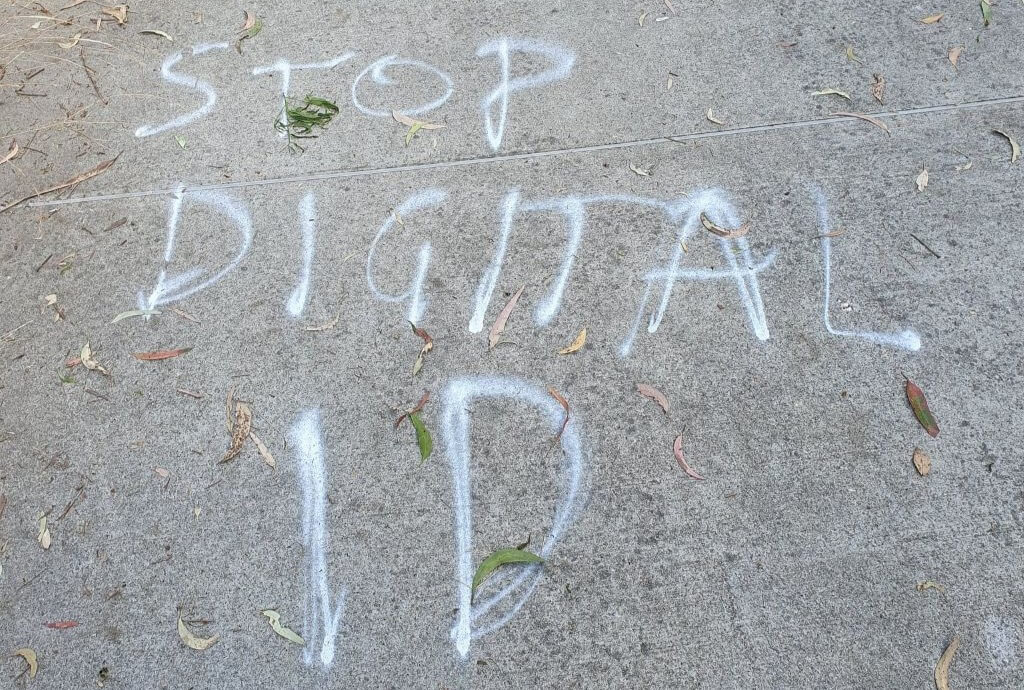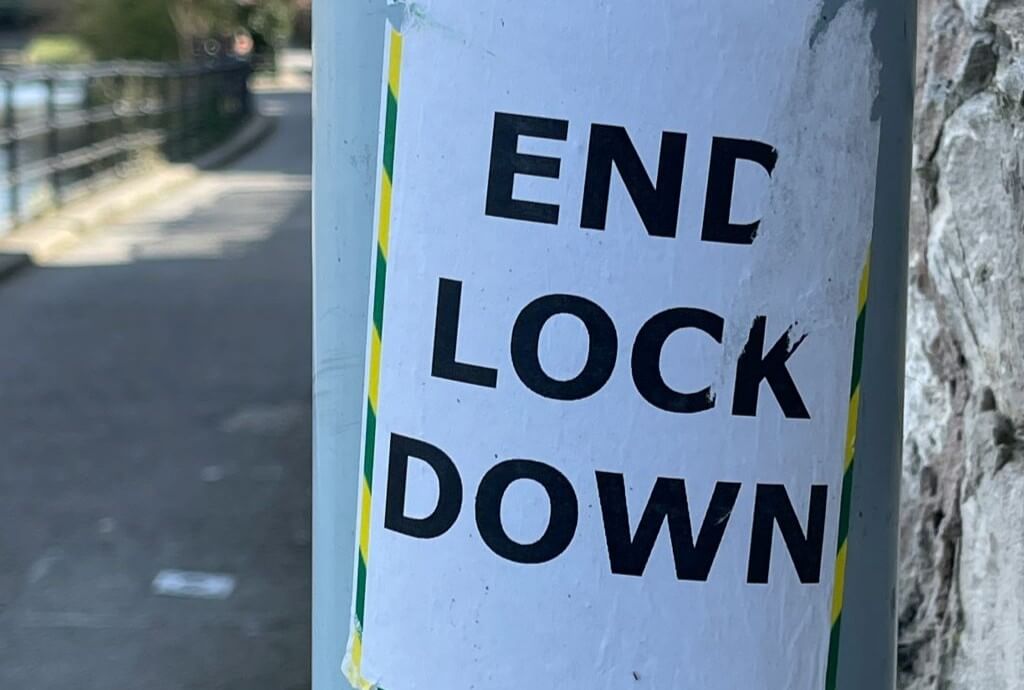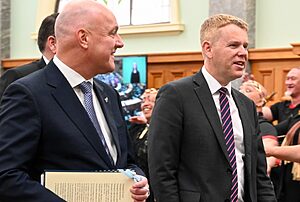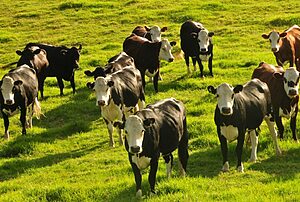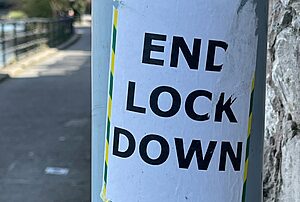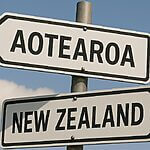In brief
- NZ pig farmers face imported pork competition with lower costs.
- Environmental concerns, unclear origin labels create challenges for NZ pork industry.
- Proposed pig welfare code changes await government decision.
- Public opinion favours animal welfare, but with an eye on economics.
Imported pork has lower standards
The number of NZ pig farmers is shrinking because domestic producers are made to adhere to costly animal welfare and environmental standards. They then lose market share to imported pork from countries with lower standards.
Foreign pork is often cheaper due to factors like government subsidies and affordable feed for overseas farmers.
The financial strain placed on domestic pork producers due to extra compliance costs is threatening the sustainability and competitiveness of NZ’s pork sector.
Confusing labels
Pork industry environmental regulations focus mostly on waste management and water pollution. Product labelling doesn’t clearly inform consumers of the extra hoops NZ pork producers jump through compared to their foreign counterparts. It is not known how much that would matter to consumers.
A recent Parliamentary committee has recommended the Government look at this issue.
Pigs code of welfare
The pigs code of welfare was issued under the Animal Welfare Act in 2010 to ensure the persons responsible for the care and maintenance of pigs adhered to a set of minimum standards.
In 2020, the High Court ruled against the Government and the National Animal Welfare Advisory Committee (NAWAC), an independent body, which advises the Government on animal welfare issues, over the use of pig farrowing crates (for pigs giving birth) allowed by the code.
NAWAC was then tasked with drafting recommendations to rule out their use by 2025.
Thousands of submissions from the public resulted in NAWAC recommending dozens of proposed changes to the code spanning minimum space allowances and piglet weaning age.
Industry group, NZ Pork says the proposed changes may result in more pig deaths, and are not aligned with animal welfare and science. They view added regulatory costs as a possible death knell for their industry as producers are saddled with millions of dollars in implementation costs.
Like many other areas of public policy, the finalisation of changes to the code is in limbo as the new government takes over. NZ Pork CEO Brent Kleiss says any changes will require a lot of time to implement.

Unfair advantage for imported pork
Pig farmers, many from multi-generational family farms, cry foul because these proposed changes currently target local pork, but not pork that’s been imported. Parliament rejected a petition from Pork NZ because they said imposing similar standards on foreign markets could violate fair-trade agreements. This imbalance potentially tilts the scales in favour of overseas competitors.
Pork NZ says over half of NZ’s pork comes from countries with lower standards. During the 2021/2022 financial year New Zealand’s importation of approximately 73,000 tonnes of pig by carcass weight exceeded the local production total of about 44,000 tonnes.
Pig welfare versus what people can afford
For Debra Ashton, Chief executive of SAFE, farrowing crates symbolise cruelty, and deprive mother pigs of their health and physical well-being. Ashton views New Zealand as poised to lead the charge in animal welfare, setting an example globally.
Though many New Zealanders voice support for enhanced animal welfare and environmental practices, consumers increasingly vote with their wallets, especially during a cost-of-living crisis.





